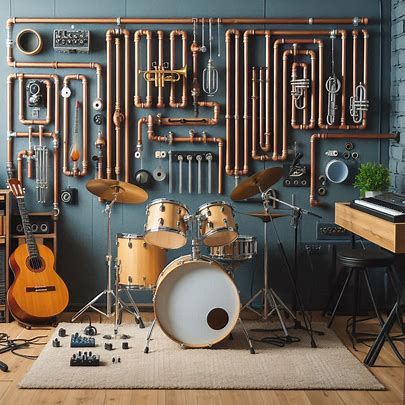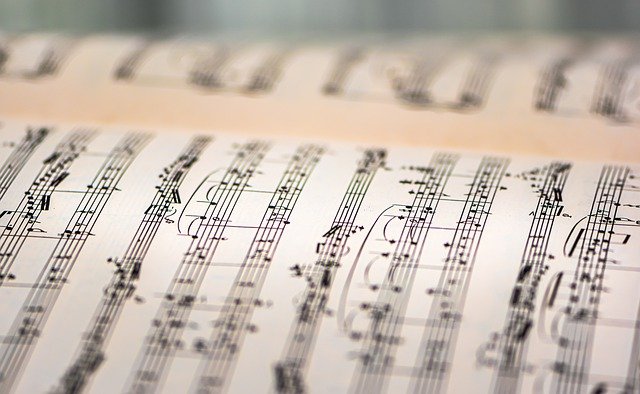Water heaters hum. Pipes clink and echo. Faucets drip in rhythmic loops. These aren’t just random household sounds — hidden musical notes are waiting to be played. With the right ear and tools, these ordinary noises can become the foundation of something extraordinary: a fully composed music track built from the heart of a home’s plumbing system.
Sound designers and experimental musicians have long been fascinated by the unexpected beauty of everyday life. A growing trend among creators is exploring plumbing as a sound source. Whether it’s the rush of a flushing toilet or the deep thud of a pipe expanding, these textures carry unique audio characters. During pipe unclogging, a burst of high-pressure water might even be a dramatic crash that kickstarts a beat (source: debouchage).
Finding Music in the Mundane

The key to making music from plumbing starts with listening differently. It’s not about finding notes but identifying textures, tones, and rhythms. A dripping tap can resemble a metronome. The groan of an old pipe might be stretched and deepened into a haunting bassline. Some artists place contact microphones on pipes to capture the vibrations more clearly. Others use portable field recorders to collect sounds during routine home maintenance or when a radiator kicks on.
It’s not just about the sound, though. It’s about how you process it. With a digital audio workstation (DAW), even the most jarring pipe bang can be turned into a snare drum. A slow, steady water flow becomes a calming background pad with the right pitch shift and effects. Looping, layering, and modulation turns simple noise into musical storytelling.
The Process of Creating a Plumbing-Based Track
1. Record Everything
Start by capturing all the sounds you can. Flush the toilet, turn on the tap, open a valve, slam the plumbing cabinet — record every interaction. Even the quietest sounds can be enhanced later. Use your phone, but for higher quality, consider a handheld recorder with built-in microphones or a Lavalier mic taped near the source.
2. Clean and Organize
Back in the studio or on your laptop, begin by trimming the recordings using music production software. Cut out the noise you don’t need, and categorize sounds: taps, thuds, flows, echoes. You’ll use these like instruments — each will play a different role in your composition.
3. Experiment with Effects
This is where the magic happens. Add reverb to create space. Use filters to isolate frequencies. Reverse some sounds to add tension. A water heater’s hum might become a synth pad. A knocking pipe can be turned into a percussive rhythm. The trick is finding what feels musical and building from there.
4. Build the Composition
Lay down a base rhythm using loops. Layer different plumbing sounds like instruments. Structure your track — verse, chorus, drop — and consider how each sound contributes. You might be surprised how emotionally powerful a dripping sink becomes when placed at the right moment.
Why This Approach Works
Using household plumbing sounds challenges the way we think about music. It’s creative, resourceful, and deeply personal. It turns daily life into an art form. Every home has its own unique sonic fingerprint, meaning no two tracks will ever be the same. The intimacy of using sounds from your own space adds emotional depth to the music.
Moreover, this method makes music-making accessible. You don’t need expensive gear or studio time. You only need curiosity, a way to record, and an open mind.
Not Just for Fun
This technique also helps find a place in professional spaces. Sound designers for film and video games use real-world plumbing to create textures that feel grounded yet strange. Musicians exploring ambient and experimental genres love these sounds’ raw, unpredictable nature. And educators use it to teach students how to look at the world around them as a source of creativity.
Final Thoughts
From humming boilers to rattling pipes, your home could be the next hit soundscape. Building a symphony from plumbing may sound quirky initially, but it opens doors to a new way of thinking about sound. When you start hearing music in the everyday, you never run out of inspiration. And who knows — the next time your faucet leaks, it might just be the start of your next great track.

